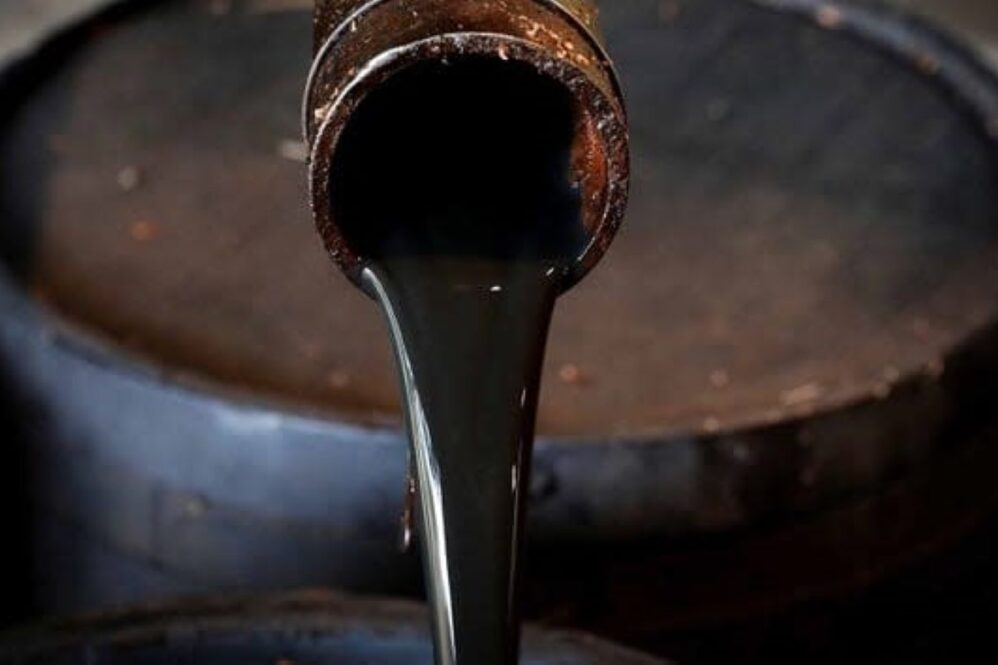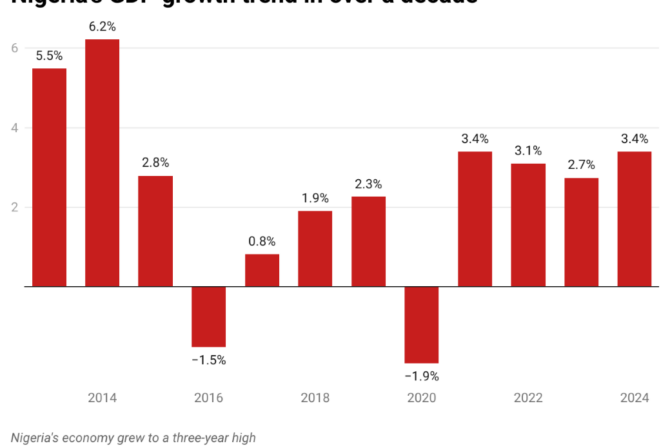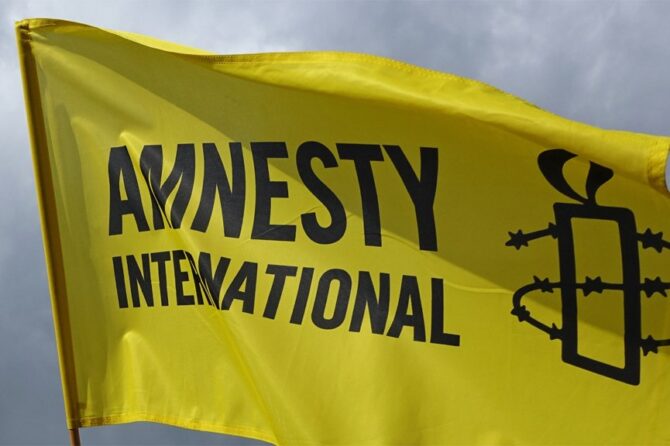Global Oil Prices Collapse to Multi-Year Lows as US-China Trade War Escalates
NEW YORK — Crude oil markets plunged to their lowest levels since 2021 this week, with Brent crude briefly dipping below $62 per barrel and U.S. West Texas Intermediate (WTI) falling under $59, as escalating U.S.-China tariffs and OPEC+ production hikes triggered fears of a global recession. The sell-off accelerated after China imposed retaliatory tariffs of 84% on U.S. goods, while OPEC+ announced plans to boost output by 411,000 barrels per day in May, exacerbating oversupply concerns.
Price Freefall and Market Panic
- Historic Drop: Brent crude plummeted 13% between April 3–5, hitting $66.12/barrel, while WTI crashed to $61.04—below the Federal Reserve’s estimated profitability threshold for U.S. shale producers.
- April 10 Decline: Prices fell another 1% on April 10, with Brent at $64.73 and WTI at $61.86, as U.S. crude stockpiles surged by 2.6 million barrels—nearly double expectations.
- Saudi Price Cuts: Saudi Aramco slashed prices for its flagship Arab Light crude to Asia, deepening the market slump.
Trade War Escalation
- Trump’s Tariffs: President Donald Trump imposed 125% tariffs on Chinese imports on April 10, up from 104%, targeting $300 billion in goods. China retaliated with 84% tariffs on U.S. products, effective immediately.
- Recession Risks: JPMorgan raised its 2025 U.S. recession probability to 60%, warning tariffs could trigger a global downturn. Goldman Sachs slashed its Brent forecast to $62/barrel for 2025 and $58 for 2026.
OPEC+ and Supply Glut
- Production Surge: OPEC+ announced an 800,000 barrel/day output increase in early April, flooding an oversupplied market. Eight member nations exceeded quotas, adding downward pressure.
- U.S. Shale Crisis: Trump’s 25% steel tariffs (reinstated in February) spiked costs for shale drillers, delaying projects in the Permian Basin. Domestic steel shortages created bottlenecks, compounding losses.
Geopolitical and Economic Fallout
- Pipeline Shutdown: The Keystone oil pipeline, transporting Canadian crude to the U.S., remained closed after an April 4 leak in North Dakota, disrupting supplies.
- Sector Carnage: BP shares plunged 20% in three sessions, while U.S. shale firms faced liquidity crises. Energy volatility indices spiked 42% in 48 hours.
- Renewables Boost: Analysts predict the crash could accelerate the global shift to wind and solar energy, with UBS slashing oil demand growth forecasts by 50%.
Analyst Warnings
- Goldman Sachs: “Brent could drop to $40–$58 if OPEC+ reverses output cuts and tariffs persist”.
- JPMorgan: “Oil’s trajectory is unmistakably downward. Demand destruction is inevitable if trade tensions linger”.
Conclusion
The oil market’s collapse underscores the fragility of global energy systems amid geopolitical brinkmanship. With no resolution to the U.S.-China trade war and OPEC+ ramping up production, analysts warn of prolonged volatility, economic pain for oil-dependent nations, and a potential reckoning for fossil fuel investments.

















